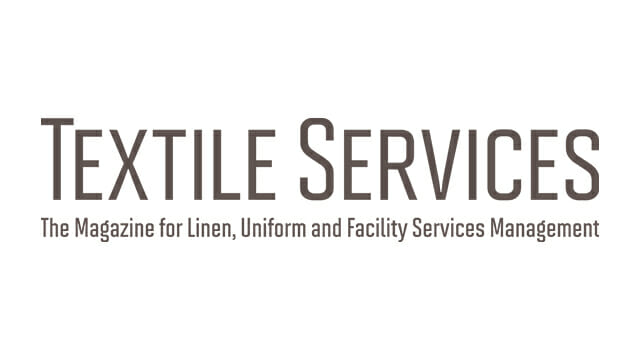‘A Big Challenge’: Supply-Chain Bottlenecks Update

Next month’s Textile Services magazine will feature an in-depth review of the supply-chain issues now confronting linen, uniform and facility services operators. Excerpts from that article appear below.
Freelance business writer Phillip Perry recently interviewed several laundry operators, as well as textile suppliers on the issue of supply-chain woes. He also spoke with Tom Palisin, executive director of the Manufacturers’ Association, a group representing 370 member companies. Palisin cited several reasons for the current slow-motion flow of supplies to thousands of U.S. businesses. Among these are backups at U.S. ports, factories that are closed or on limited production due to COVID, and employees who are taking advantage of generous unemployment benefits. “The COVID-19 pandemic has given the supply chain a whole new level of priority,” Palisin said. “Companies in just about all sectors have experienced pauses and shutdowns. Some have even gone out of business.”
Laundries certainly have felt the impact of supply-chain bottlenecks – particularly in textiles – as various sectors such as healthcare and food-and-beverage operators have sought to take advantage of the economic recovery. “Six weeks ago, we accelerated from zero to 100,” said Mario Stagliano, a partner at Arway Apron and Linen, Philadelphia. For the past year, Arway has dealt with supply-chain shortages through a combination of using existing inventory and obtaining limited quantities of new goods from vendors. “We were in need of product at a time when some of our suppliers were still waiting for their stuff to come in from overseas,” Stagliano said. “It’s still sitting at ports. They can’t get drivers to pick it up.” Not surprisingly, these supply slowdowns have spurred a rapid increase in back orders.
Other operators have reported shortages of basic linen items such as black napkins. Some have responded by cutting up tablecloths and dyeing them black in order to meet the demand for black napery.
Hospitality and healthcare laundries have reported similar textile shortages. “With the arrival of the pandemic in early 2020, linen shipments that normally took three or four days have stretched out to a week or two, and some were delayed by a couple of months,” said Paul Jewison, general manager of Textile Care Services (TCS), Rochester, MN. “We had shortages of linen from Pakistan, India and China. All of those countries have experienced some issues, whether they shut down plants, slowed production or experienced disruptions in shipping.”
Throughout 2020, TCS continued to experience delays in receiving shipments of isolation gowns, hand towels and other basic items. Jewison describes the result as “a big challenge” that resulted in “a significant revenue loss.”
Anthony Brancato, a co-owner of Excel Linen Supply in Kansas City, KS, cites hotel par levels as a major concern, noting the limited ability of hotels to order new bed and bath linens. “We are having issues with the large hotels where we process COG (customer-owned goods) items,” Brancato said. “Not many spent money on linen pars in 2020. Now they (and we) are paying the price. We heard from one hotel that just placed an order for hotel linen. It will be here in November.”
Phil Byerly, vice president of supply Chain for VF Workwear, Nashville, TN, describes how COVID has disrupted textile supply chains worldwide. “There have always been supply-chain issues, but COVID-19 has taken it to a whole other level,” Byerly said. “When the pandemic hit the Western hemisphere in March (2020) it was a game changer. It became a serious supply-and-demand issue, disrupting our supply chain internally, and then our customers and our tier one and tier two suppliers.” He said the issue poses a “monumental problem” with no clear end in sight. For more on supply-chain challenges, watch for Perry’s article in August’s Textile Services.
